X
Electric hoists represent their own machinery, strength, and toughness, while the stage is elegant, flowing, and soft, with conflicts and collisions between the two.
Stage electric hoists are electric lifting machines specifically designed for occasions such as stage performances, theater set - ups, and film and television productions. They are used to lift and mo
Category : V7 Stage Electric Series
Get a Quote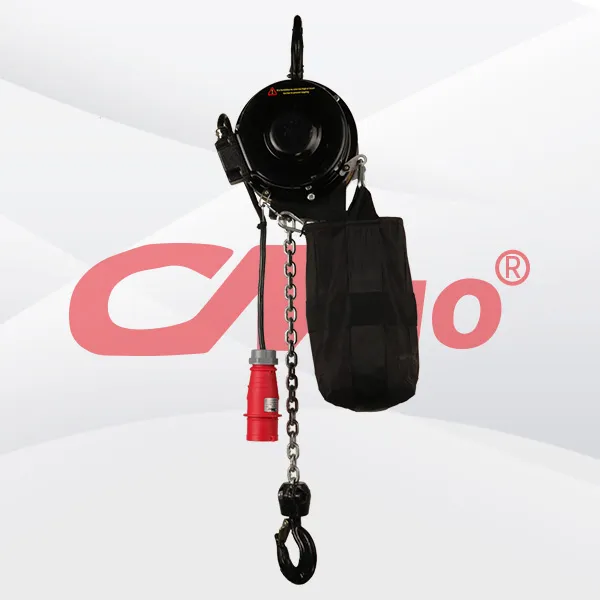
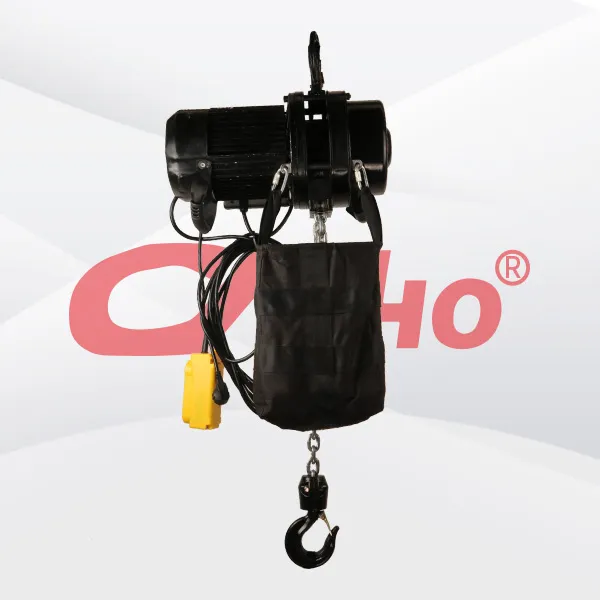



Product Details
To check whether the chain or wire rope of a stage electric hoist is installed correctly, you can start from the following aspects: Chain Installation Inspection - **Appearance Inspection** - **Chain Direction**: Observe whether the chain runs smoothly and naturally between the electric hoist and the sprocket. Check for any signs of twisting, knotting, or obvious bending. The chain should operate normally along the established track and sprocket. - **Tension**: Manually turn the drive wheel of the electric hoist to check the tightness of the chain. If the chain is too tight, it may increase the motor load, causing the motor to overheat or even be damaged. If it is too loose, problems such as tooth skipping and chain derailment may occur. Generally, when the chain is in a non - working state, it should have an appropriate sag. The sag is usually about 1% - 2% of the chain span. - **Connection Parts**: Check whether the connecting rings, links, and other parts of the chain are firmly connected. Ensure that the connecting pins are properly installed and there is no looseness, detachment, or deformation. - **Operation Inspection** - **No - load Operation**: Start the electric hoist for no - load operation and observe whether the chain runs smoothly during the operation. Check for any abnormal vibrations, noises, or jams. If there are such issues, it may indicate improper chain installation or problems with the sprocket. - **Load Operation**: After the no - load operation is normal, conduct a test lift with a small load to check the chain's operation when bearing a certain weight. The chain should be able to lift and lower the load smoothly without obvious slipping or abnormal noises. Wire Rope Installation Inspection - **Appearance Inspection** - **Winding Condition**: Check whether the wire rope is wound neatly and tightly on the drum. Look for any signs of messy or overlapping winding. The wire rope should start from one end of the drum and be evenly wound on the drum layer by layer, without mutual extrusion or crossing between layers. - **End Fixing**: Check whether the end of the wire rope is firmly fixed. When using wire rope clips for fixing, the number, spacing, and installation direction of the clips should meet the requirements. Generally, the distance between wire rope clips is 6 - 7 times the diameter of the wire rope, and the U - shaped bolt should be buckled on the tail section of the wire rope. - **Wear and Broken Wires**: Carefully observe the surface of the wire rope for any signs of wear, broken wires, or rust. Wire ropes with wear and broken wires exceeding the specified standards should be replaced in a timely manner to avoid safety accidents. - **Performance Inspection** - **Limit Position Inspection**: Raise and lower the hook of the electric hoist to the limit positions and check the remaining number of wire rope turns on the drum. Generally, when the hook reaches the lower limit position, at least 2 turns of the wire rope should be reserved on the drum as safety turns. - **Braking Inspection**: Start the electric hoist to lift a certain weight of the load, and then suddenly apply the brake. Observe the braking condition of the wire rope. The wire rope should not show obvious slipping or loosening, and the braking device should be able to hold the load reliably.
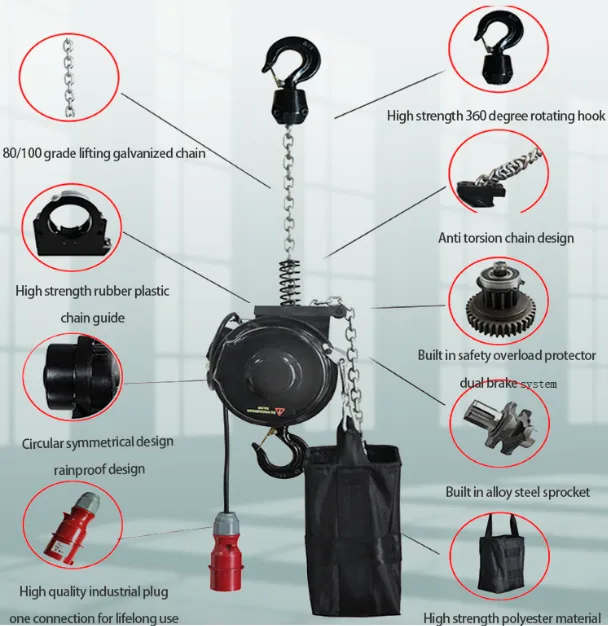
RELATED PRODUCTS .
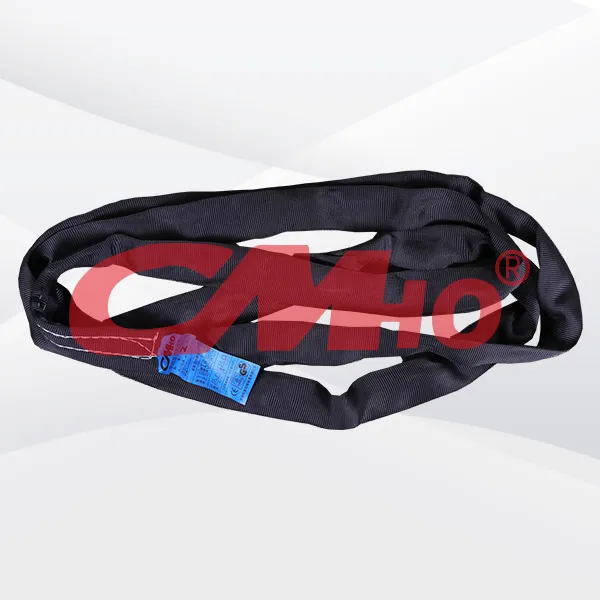
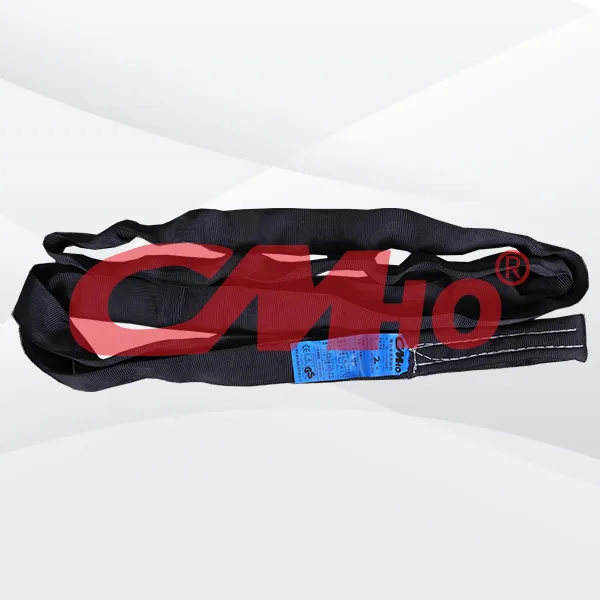
The lifting sling is a flexible rigging used for lifting operations. It is usually made of high-strength fiber materials such as polyester fibers and aramid fibers, and some are also composed of metal
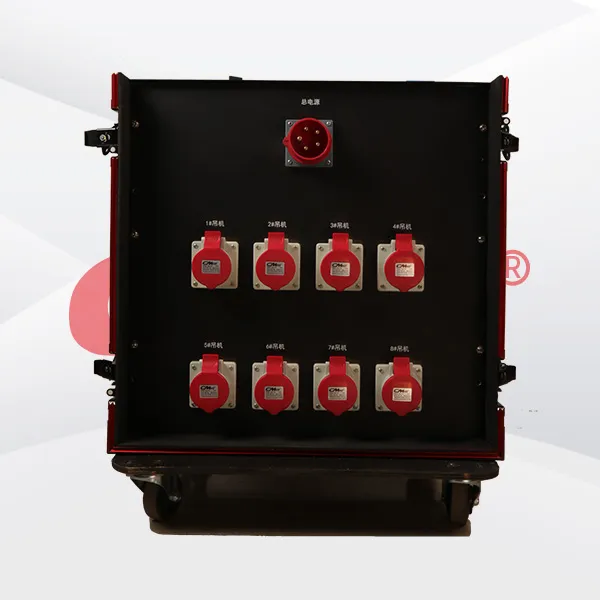
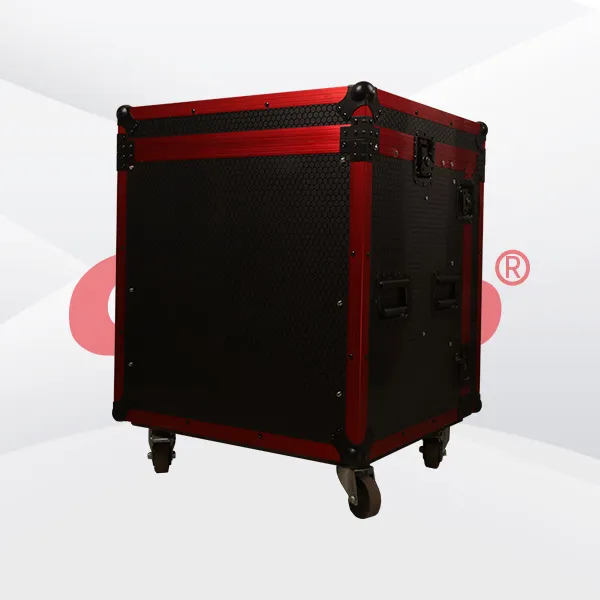
The stage hoist controller is a device used to control the hoist devices on the stage (usually electric hoists or hand chain hoists and other lifting equipment). It is mainly used to precisely adjust
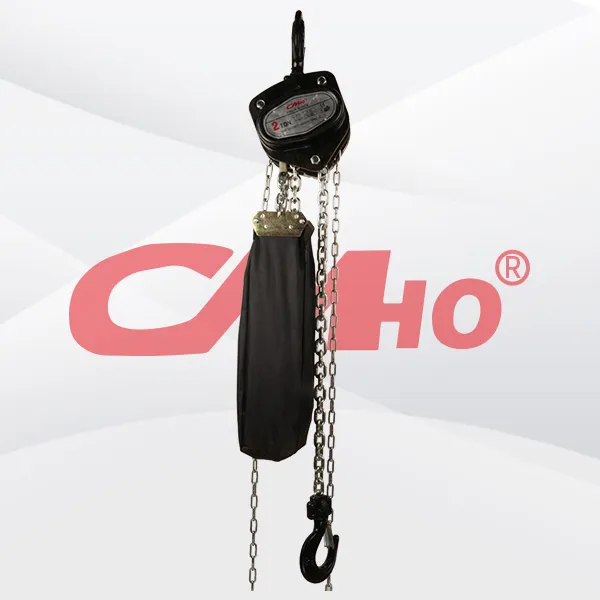
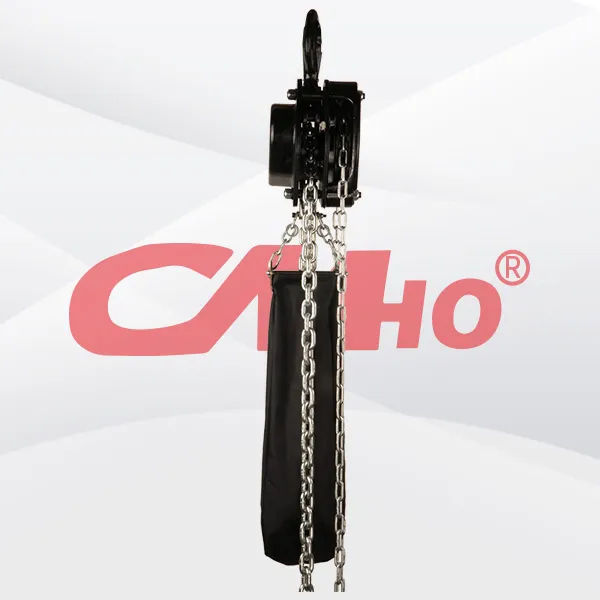
The lifting capacity of the light hand chain hoist for the stage is also related to factors such as the usage environment, operation mode, and the setting of the safety factor. In practical use, it is
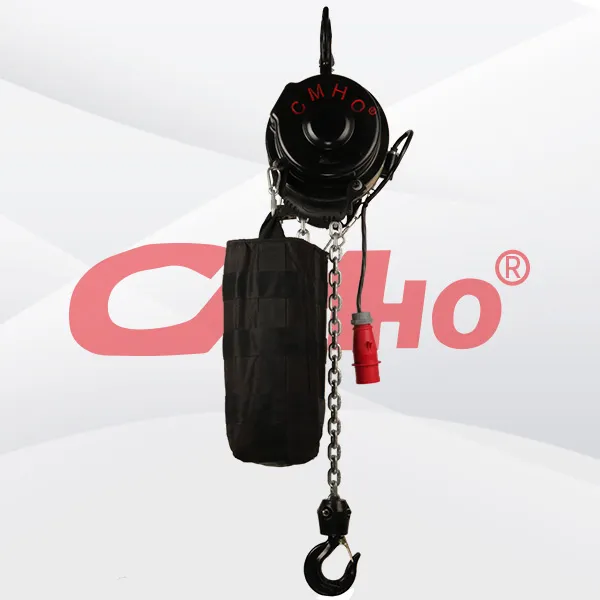
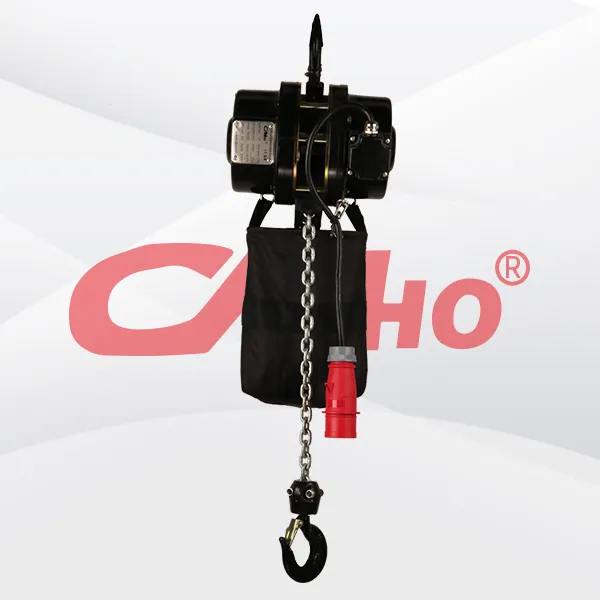
The electric hoist for truss is an electric hoisting device specially designed for hoisting and moving truss structures. It has precise positioning and control functions, enabling it to accurately hoi
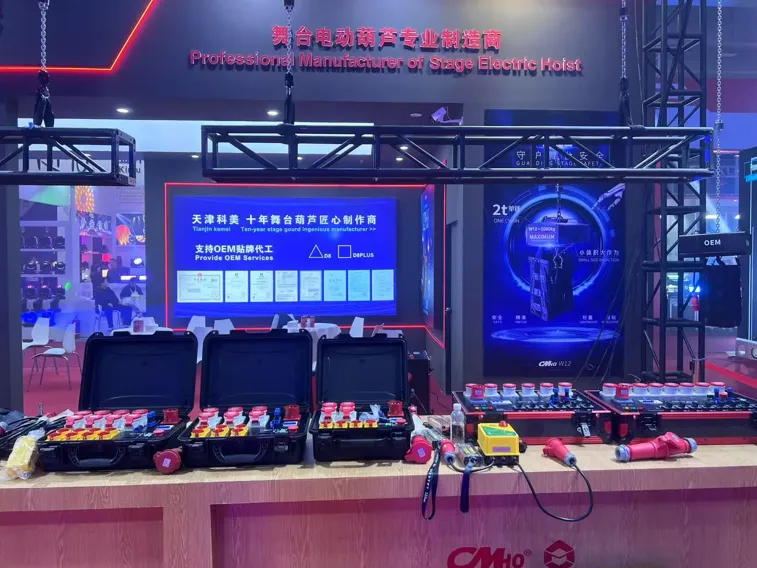
2025-02-28
创始人
0
The participation of Tianjin Kemei in the Guangzho...
Tianjin Kemei made a remarkable and eye-catching appearance at the Guangzhou (International) Performing Arts Equipment, Intelligent Acoustic, Optical and Electrical Products...
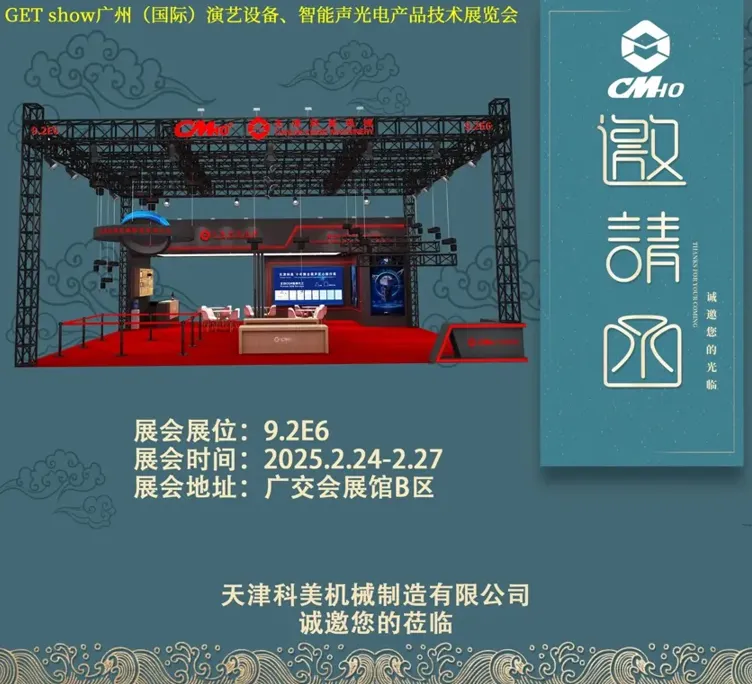
2025-02-27
创始人
0
Guangzhou (International) Performing Arts Equipmen...
In the era of the rapid development of stage lifting equipment and intelligent acousto - optic technology, every industry event serves as a crucial opportunity for innovatio...
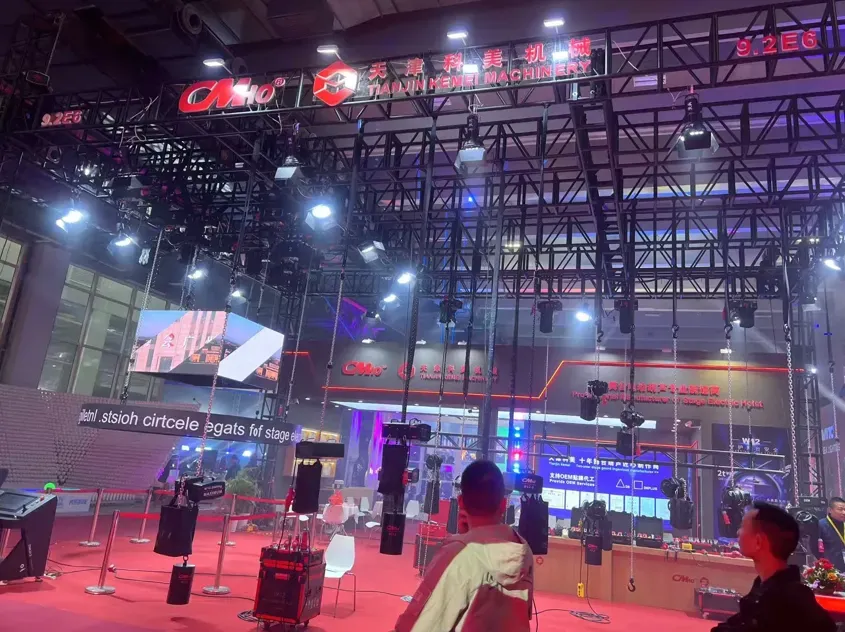
2025-02-27
创始人
0
GET show Guangzhou (International) Performing Arts...
Tianjin Kemei Machinery Manufacturing Co., Ltd. has been deeply engaged in the stage equipment manufacturing field for many years and has developed into a modern benchmark e...
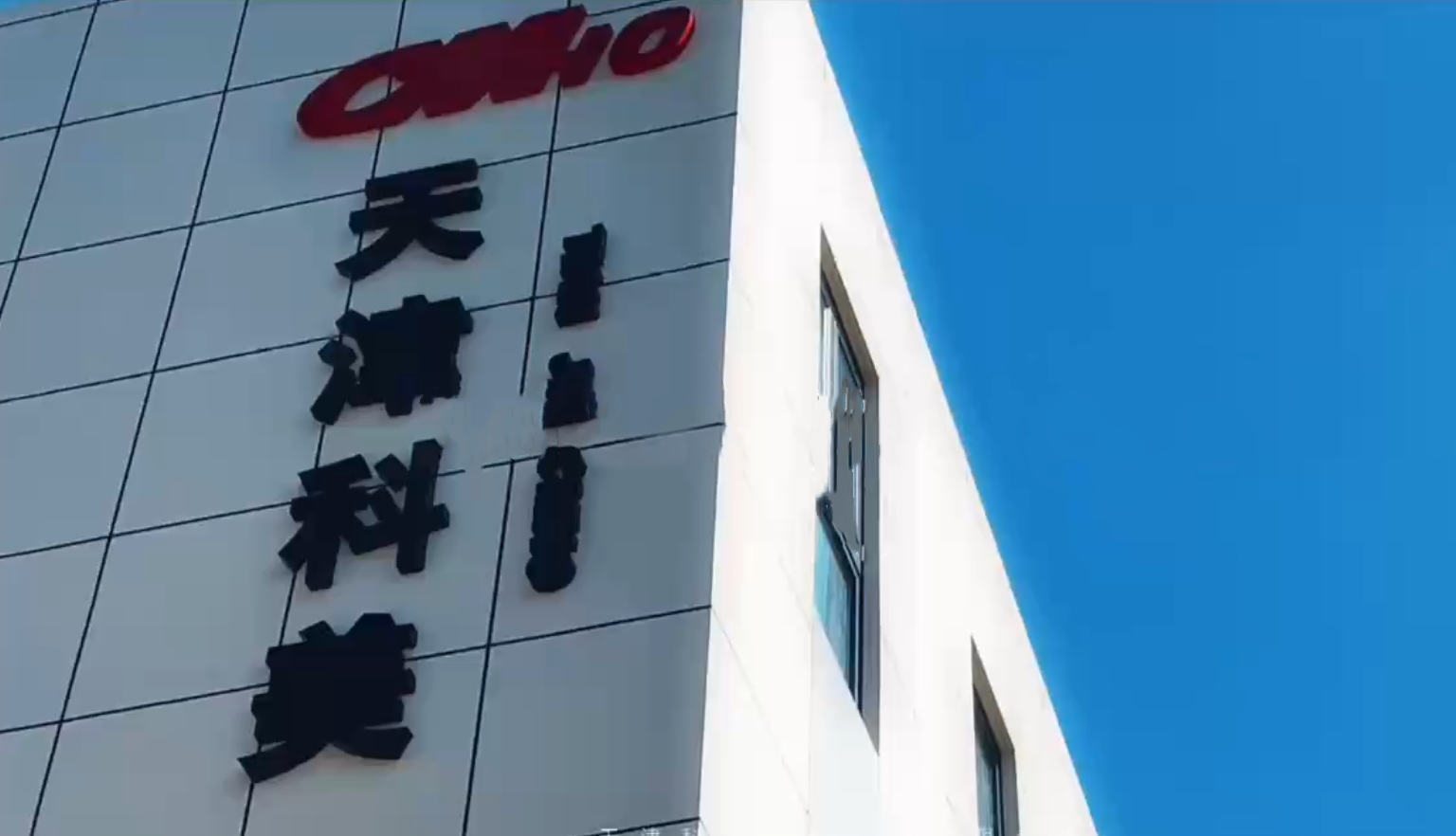
2024-09-24
admin
0
Tianjin Kemei Machinery Manufacturing Co., Ltd. Ne...
Tianjin Kemei Machinery Manufacturing Co., Ltd.: New Starting Point, New Journey - New Factory Relocation Record

